Reviewers of the Samsung Galaxy S9 have praised the South Korean giant's flagship ahead of its release, but while it is considered to be one of the best Android devices on the market, the similarity with the Galaxy S8's design and underwhelming new features suggest it is a bit of a misstep for Apple's main rival.
Reviews from major publications have been generally positive about the Samsung Galaxy S9, indicating it to be one of the best examples of an Android smartphone on the market, despite borrowing heavily from the Galaxy S8. Mixed feeling are expressed for what Samsung adds, with features like AR Emoji and Intelligent Scan noted by some to be poor attempts to copy features Apple included in the iPhone X.
The Verge
Reviewer Dan Seifert starts off by pointing out the Galaxy S9 is less of a major upgrade compared to the Galaxy S8, more a refinement, declaring "The Galaxy S9 is the most predictable Samsung phone yet."
The design and specifications of the S9 "bring zero surprises" to the table, but Samsung still "nailed the basics" in terms of how the device influences its own day-to-day use. At the same time as noting the overall appearance of the smartphone being close to the previous model, Seifert believes this doesn't make it less attractive a device.
The screens used in both the S9 and S9+ are "just as you'd expect them to be on a Samsung flagship," and are declared to be the best available on an Android device. In comparison to the iPhone X, the bezels at the top and bottom of the S9 are not as small as its main competitor, with Samsung chided for no longer having the "most immersive display anymore," despite its protestations of not having a notch.
Praise was made to the slight change of position for the rear fingerprint scanner, with its shift to below the camera making it easier to reach, but still remaining too close to the camera lens overall. The other main security change, the attempt to take on Face ID with face and iris scanning, is said to be slow and uses an annoying red light, preventing it from feeling as seamless as the iPhone X's security.
The rear camera's new sensor and variable aperture lens system coupled with better image processing is a noted improvement while seaming like a parlor trick, the review states, though the claimed low-light improvements are said to help take great photos that "aren't necessarily better" than the iPhone X or Google's Pixel 2. The resulting images have a Samsung "look" that's different to the images produced by its rivals, resulting in warmer and very saturated photographs with imperfections "and sometimes detail" smoothed out.
AR Emoji, Samsung's attempt to capitalize on Apple's Animoji, is criticized for relying on the front or rear camera instead of any special technology, causing tracking to be sub-par, and the images it creates are also described as "on the wrong side of creepy." AR Emoji is "definitely something that Samsung built just to compete with Apple, and it's not very good," Seifert notes.
In summing up the S9, Seifert advises it is still a high-performance smartphone with a great screen and camera, but fails to be a class leader. Galaxy S8 owners are told they probably don't need to upgrade, while Galaxy S7 owners will still see it as a significant step up.
"Predictably, Samsung has made yet another excellent flagship phone. But just as predictably, it still has plenty of room for improvement."
Engadget
Cherlynn Low struggled to give her mother an answer to the question of whether it was worth upgrading from the S8 to the S9, noting she was "still torn" after spending ten days with the smartphone. She does not fault Samsung for failing to add "any thrilling new features" in the new device generation, as it's basically "impossible to dream up revolutionary new technology every year," but writes that none of the S9 and S9+'s new features are "must-haves."
Noting the main update to this generation are the cameras, Low sums up the setup as similar to the Note 8 on the S9+, using wide-angle and telephoto cameras, while the S9 has to add artificial depth of field with the Selective Focus software for portraits. The dedicated RAM of the image sensors is praised for allowing quick burst shots in low-light conditions without much slowdown, except in cases where an excessive number of shots are taken, but while pictures turned out relatively clear, details like building edges are "often muddy."
Bixby's new modes are a mixed bag, with its Live Translate feature working successfully but found to be useless without an Internet connection, the handiness of Food providing a calorie estimate from a photograph but often mistaking food for other items, and the limited appeal of Makeup mode. The updates are convenient, but Low suggests third-party apps will provide similar and sometimes better results.
Intelligent Scan worked quickly for Low, allowing her into the S9 with little trouble. It is noted that, because she set up the feature while wearing makeup, she occasionally had trouble accessing the device after waking up in the morning.
Again, AR Emoji is acknowledged as being a "creepy" addition to some users, but can create more personal reaction GIFs than regular emoji. When creating a video of the user talking and attempting to map the expressions to the avatar, Low notes the S9 struggles to pick up the facial movements, turning a wink into a suddenly-developed lazy eye and a drunkard's squint.
The external design has "subtle" changes from the S8, but they are apparently not easily spotted unless you put an S9 next to an S8 to compare. The fingerprint sensor shift is welcomed, and is the most immediately noticeable change.
Wrapping up, Low finds the updates in the S9 to not be as significant as she would've previously thought. While the changes are incremental, the S9s "are still strong flagships," and are "competent, if unexciting."
The New York Times
Brian X. Chen starts off his review by defining the Galaxy S9 in just five words: "The device plays it safe." Noting it as nearly identical to the Galaxy S8, the Galaxy S9 "is essentially a replay of last year's big Samsung phone - with a few tweaks."
The Animoji comparison of AR Emoji continues the "creepy" trend in Chen's review, noting the mashup of a cartoony 3D image with a photograph as entering the "uncanny valley." Better options are out there, Chen suggests, highlighting Bitmoji as a superior alternative.
The movement of the fingerprint sensor gets a thumbs up, with the review noting only rare bumps with the camera when unlocking. Bixby however is "still lousy," with issues ranging from multiple attempts needed to open the camera app to server connection problems, and the continued complaint from the S8 that the dedicated Bixby button cannot be modified to use Google Assistant.
Samsung's mechanical aperture system and its ability to let in high amounts of light helped create images said to be crisp and clear, causing small details like beads of saliva on a dog's snout to be visible. The camera software does receive some complaints, oversharpening or oversmoothing some textures, but the S9's imaging capabilities continues to receive praise for low-light shots.
The few differences in the S9 are considered to be underwhelming to Chen, "when you consider that Samsung, the largest phone maker, has been on the bleeding edge of smartphone innovation."
 Malcolm Owen
Malcolm Owen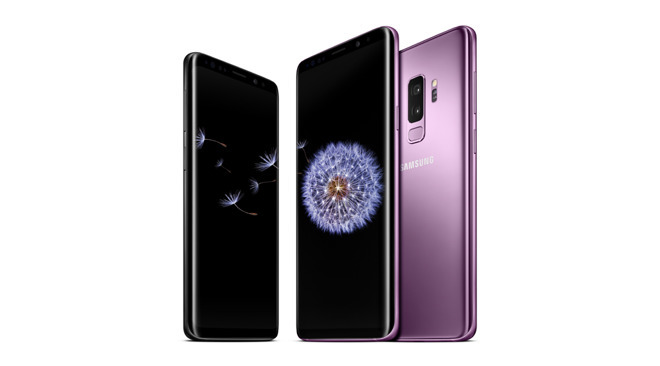
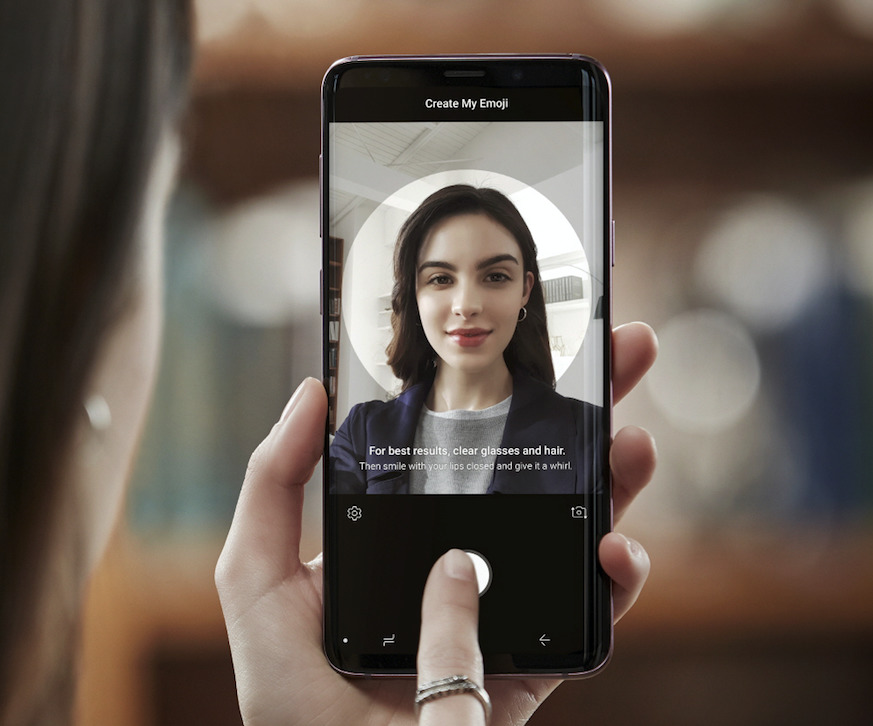
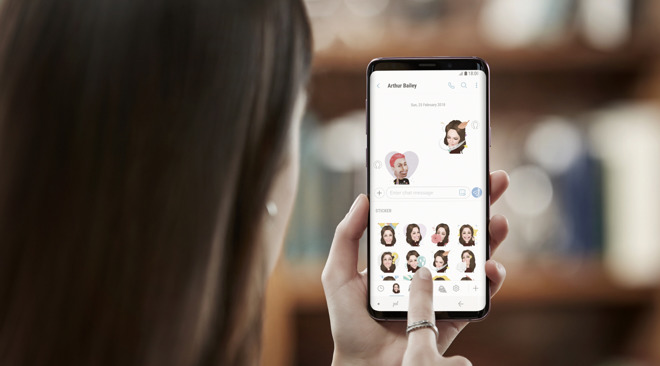
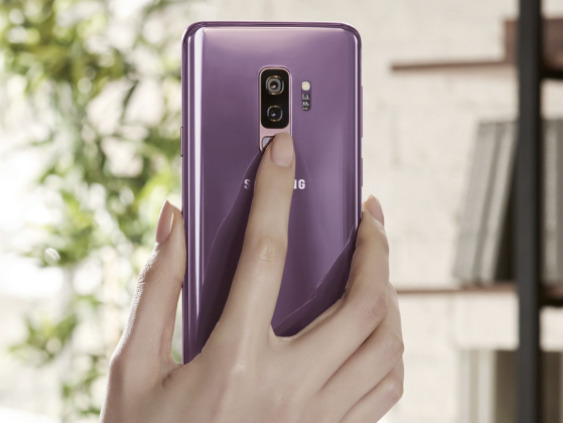


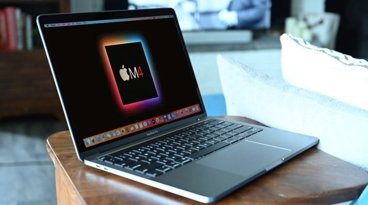
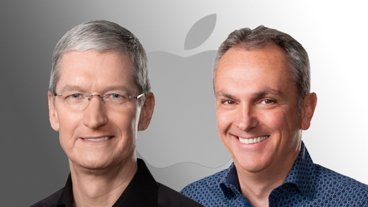







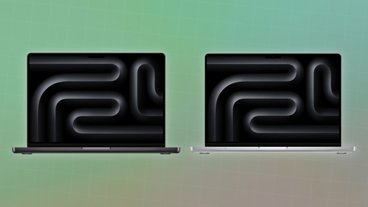

 Charles Martin
Charles Martin
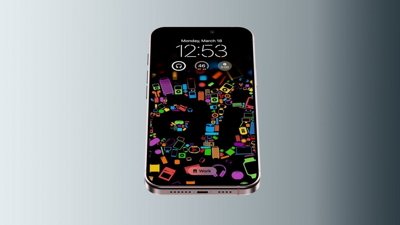
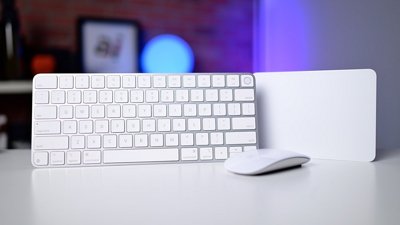
 Andrew O'Hara
Andrew O'Hara
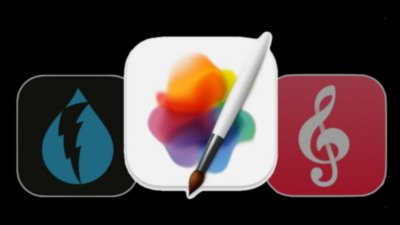
 William Gallagher
William Gallagher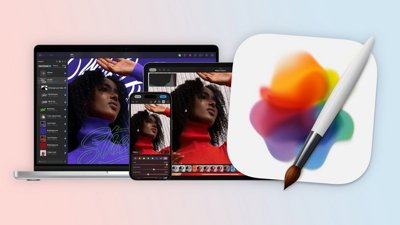
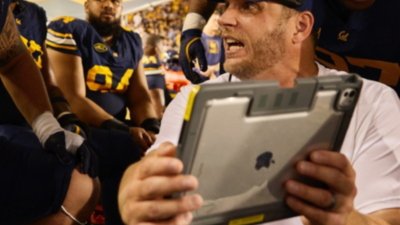



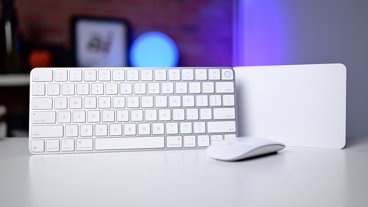
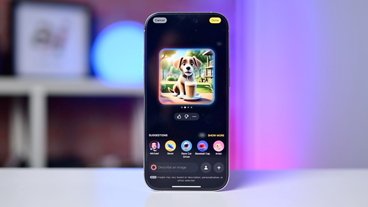

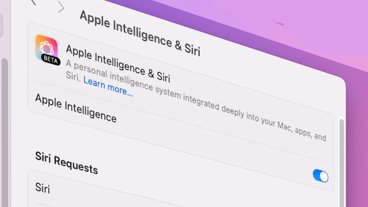
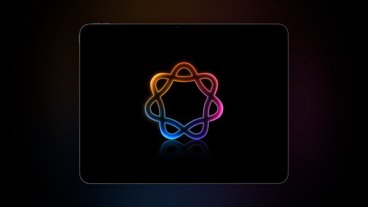

32 Comments
Samsung has always been primarily oriented around the screen as it's main competitive differentiation. Now that the screen sizes and technology aren't that different anymore, they're struggling to come up with something else that catches people's attention.
But will it blend?
Disclaimer: I don't like Animojis. I think they are stupid and pointless and add nothing of value. But that said, I have to admit that AR Emojis are impressive. It takes talent to try to copy something I think of as a total pointless write off and make it worse in every possible way.
I don't have a problem of Samesung repeating what they did the year before. Apple does the same thing. If you upgrade your phone every 2 years, then you didn't upgrade to the S8, now this year you get the S9, as far as you know, it's a completely new phone from what you had.
The fingerprint sensor is located better to work the same for both left and right hand users, though it's still to close to the camera where you can end up touching it and getting whatever onto the camera lens because of that.
The AR Emoji do look creepy!!!
As for the Camera's. I don't think you can go wrong with any camera on these high end Smartphones. They're already overkill for what most people are using this pictures for, if anything. Throw a few up on Facebook. Instagram, Snapchat, whatever, most pictures never see the light of day again. Just building up more and more on your phone. Few ever get printed out.
Smartphone's are just becoming a mature market.